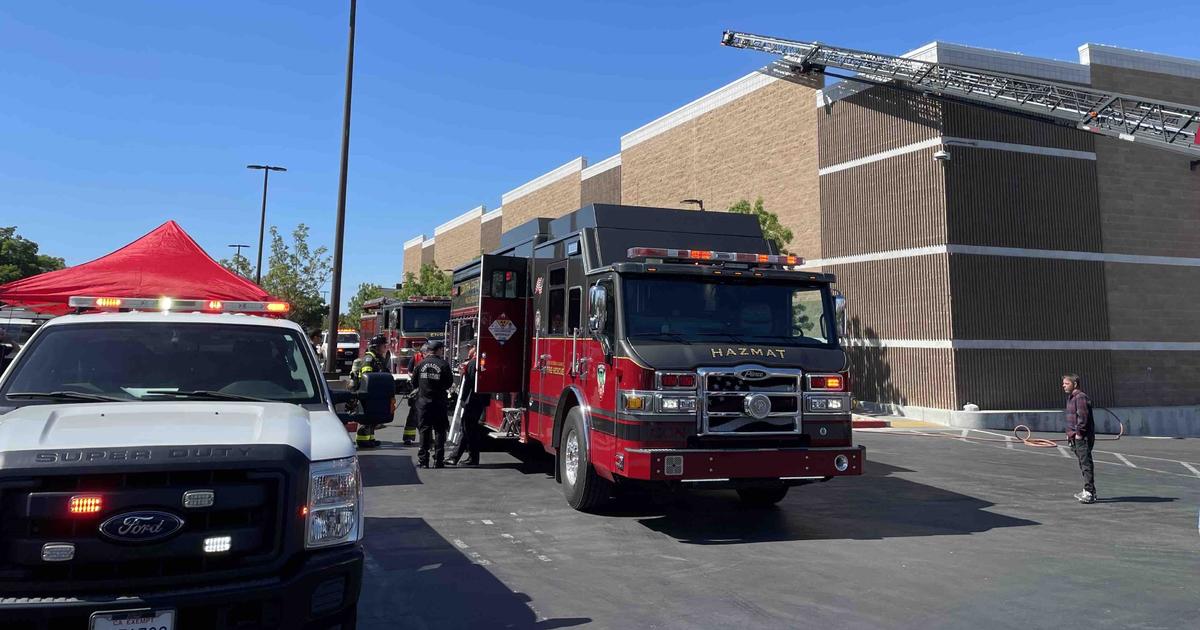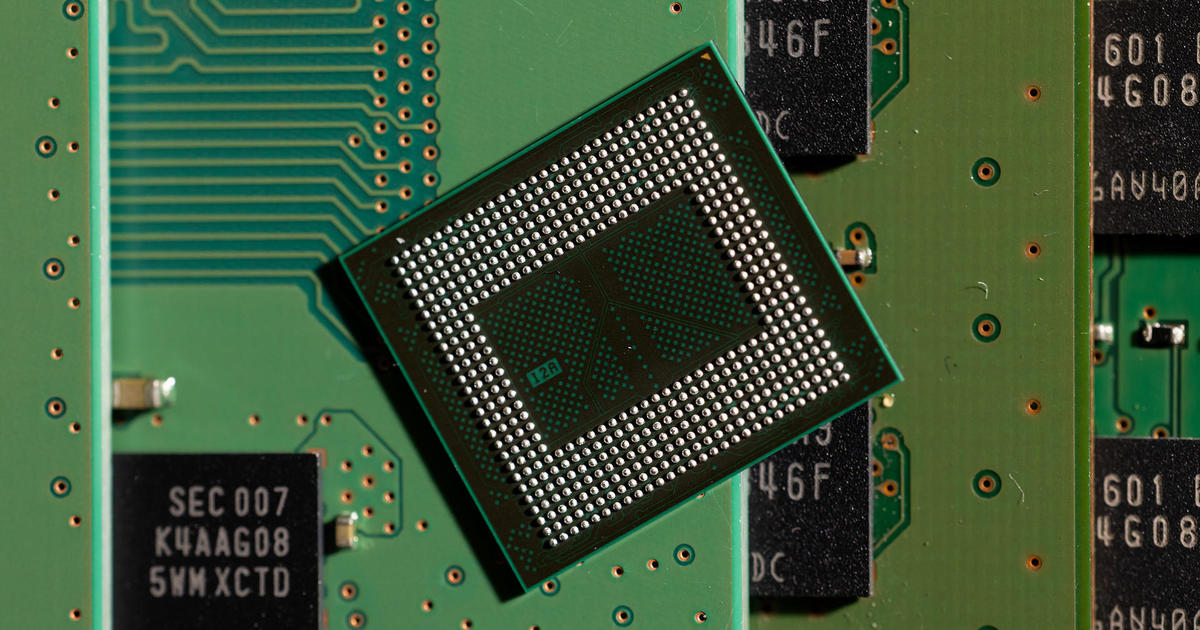Current rules for student summer lunch programs could be affecting participation
SANTA ROSA — Summer lunch programs for students during the pandemic saw huge participation but pre-pandemic rules are back in place and numbers show it may be discouraging kids and parents from participating.
Channary Cheth arrived at a Santa Rosa apartment complex, carting two large, insulated containers of hot food and cold milk. But after COVID hit, they were served in a very different way.
"They were bagged and each bag contained enough meals for a week per person, per child, I should say," said Cheth.
Those meals were given out in drive-through lines, similar to normal food giveaways. People got used to that service and numbers swelled. But at Monday's lunch service, it looked very different. Ten kids were scheduled for food, but only four actually showed up. And three of those belonged to program volunteer Irais Santana.
The lunch program is sponsored by the USDA, and mid-summer last year they switched back to the pre-pandemic rules, requiring kids to eat the meal at the site during a 30-minute time period. At Monday's lunch, the kids sat in silence on hard plastic chairs.
"They ask if they can take the meal home," said Santana. "Or a parent might ask if they can take the meal home, but they can't. So, they seem a little discouraged, so they'll stay that day, but they don't come back, because they may not want to sit here, or they may not want to eat the meal in that time. Kids just usually want to eat a little bit and maybe eat a little bit later."
The rigidity of the rules has had a dramatic effect. Maria Fuentes, manager of the "Every Child, Every Day" program, said, at its height, the Redwood Empire Food Bank 's summer food program served more than 150,000 meals.
This summer they're on track to only serve about 30,000.
"We've seen definitely a decrease in participation. It was great to have an option that families could pick up meals for their kids. Whereas now, we're kind of hindering that," said Fuentes. "It's not that kids are accessing those lunches at a different location. They're just not getting those lunches."
While that may seem ungrateful to some, if the purpose of the program is to get food to people, Fuentes said it does make sense to deliver it in a way they want or need.
"It is unfortunate to know there's these relief programs that maybe could be suited a little differently, or tailored a little bit differently, knowing that our community could use a different option so that kids are fed," Fuentes said.
At the stroke of 1 p.m., the half-hour window closed, the food was put away and everyone left.
Now that COVID has faded, the bureaucracy has returned with rules that must be followed, even if they stand in the way of the mission.
But Fuentes said there is hope.
The USDA is operating a pilot program in some rural areas testing the same system the Redwood Empire Food Bank used during the pandemic. She's hoping some lessons could be learned from the experience but said it may help for people to contact their Congressional Representative if they would like to see a change.




